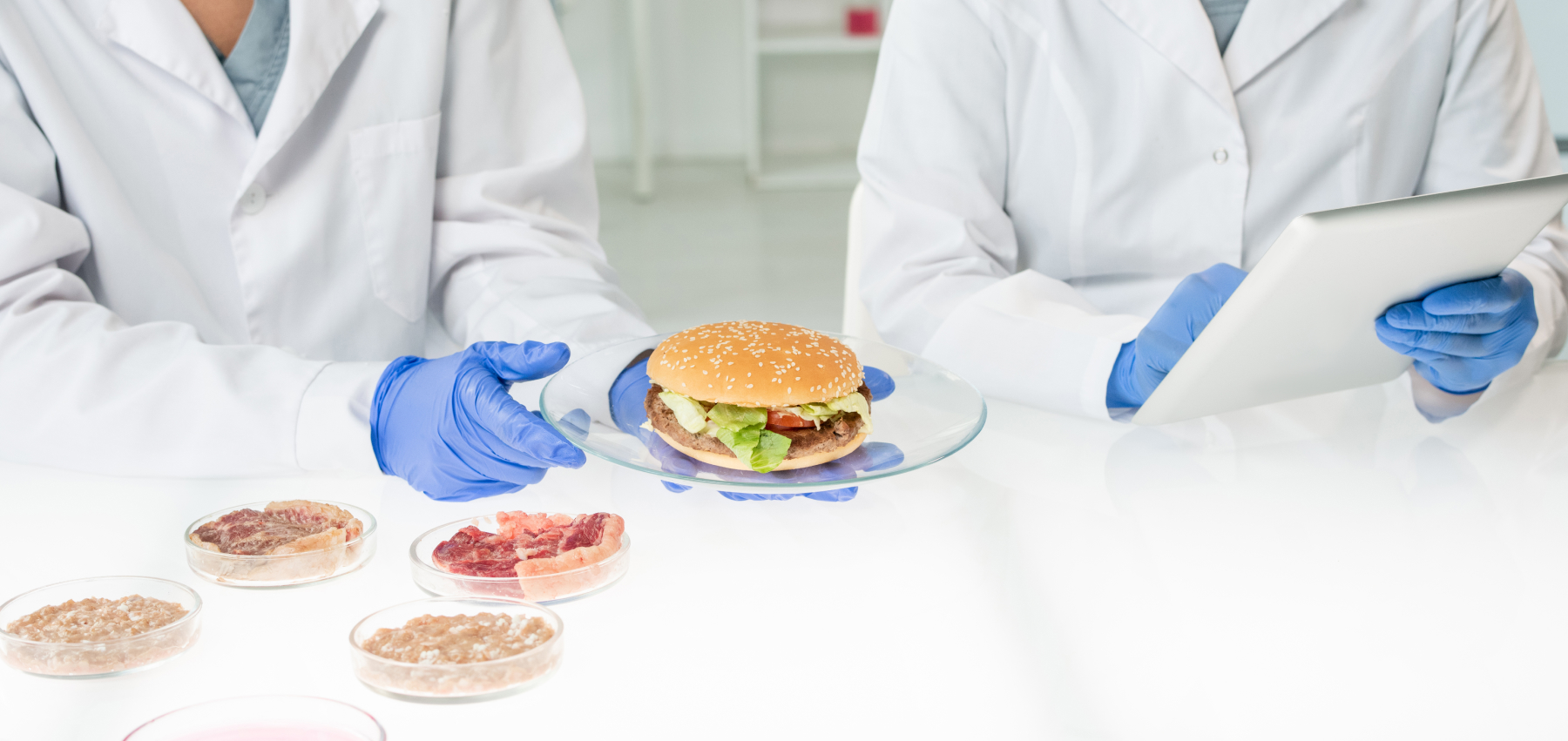Food testing is an important aspect of ensuring that the food we eat is safe to eat and free of hazardous contaminants, which might be biological, chemical, or physical. To test the safety of food and its products, various approaches are used. Microbiological testing, physical tests, and chemical tests are the three basic categories of these approaches. Let’s explore each of these food safety testing categories in more detail.

Physical Testing For Food Safety:
Physical testing is an important part of ensuring agricultural and food product quality, safety, and compliance. Physical tests evaluate numerous product aspects such as texture, structure, appearance, and physical properties. Here are some examples of popular methods of physical testing for farm and food products:
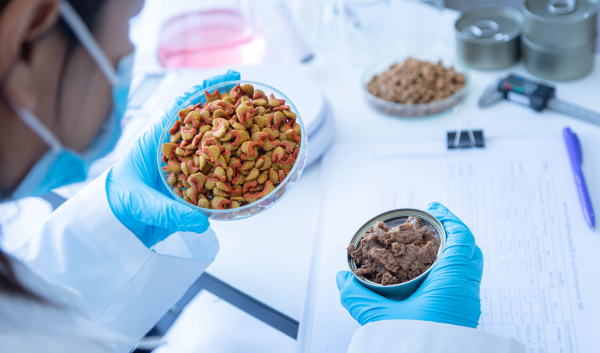
Texture Analysis
Food physical qualities such as hardness, viscosity, and elasticity are measured.
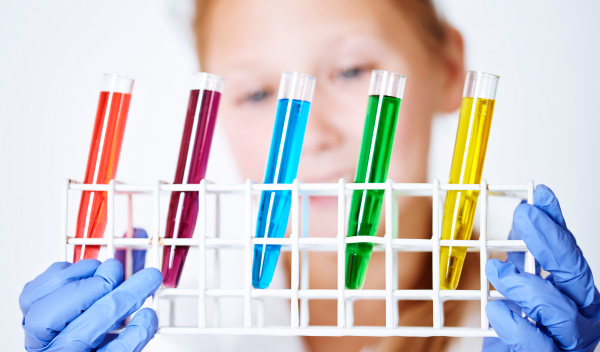
Colour Analysis
Examine the colour of food goods to determine freshness and quality.
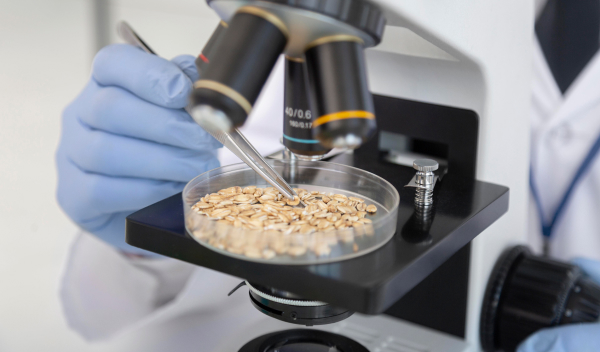
Foreign matter
Physical impurities such as glass, metal, or plastic are detected.

Particle Size Analysis
Determines the size distribution of particles in a product.
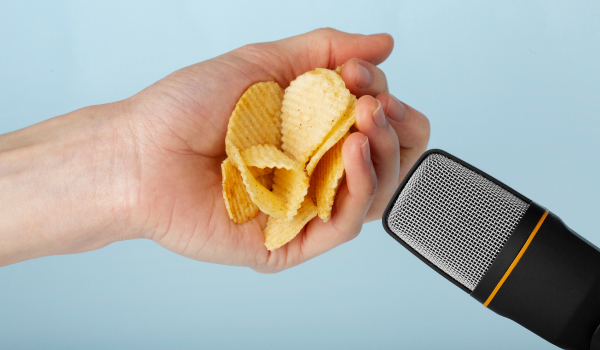
Sensory Evaluation
A panel of trained specialists evaluates food products based on characteristics such as flavour, aroma, appearance, and texture.
Chemical Testing For Food Safety
Several chemical tests are performed at various stages, from raw to finished products, to assure food safety and compliance with regulatory criteria for consumer safety. Here are some examples of popular forms of chemical testing for agriculture and food products:

pH Measurement
Determines a product’s acidity or alkalinity, which is vital for preservation and flavor.

Moisture Content
Determines a food product’s water content, which might affect shelf life, cost, and safety.
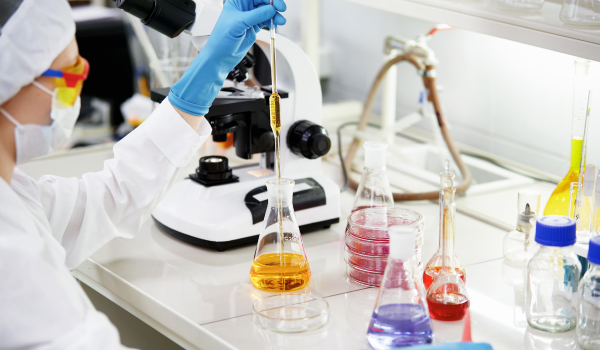
Chemical Residue Testing
Pesticides, herbicides, heavy metals, PGR, and other chemical pollutants and adulterants are detected.
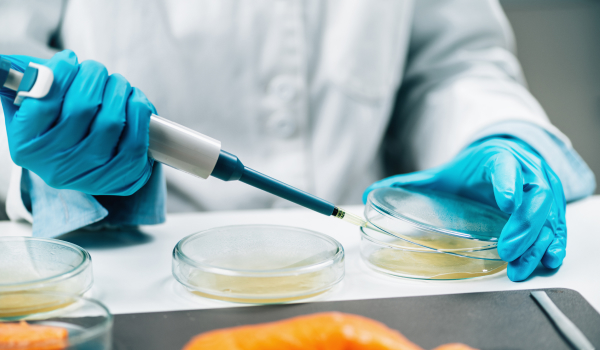
Shelf-life study
It is one of the important parameters to optimize new product development. Shelf life is the major driving force for the transportation of food products and the quality of the food products.

Allergen Testing
Chemical tests are used to detect the presence of common allergens in food products such as gluten, peanuts, and milk. For allergy testing, enzyme-linked immunosorbent assays (ELISA) and polymerase chain reactions (PCR) are frequently utilized.

Food Additive Testing
Ensures that food additives are kept within allowable limits.

Nutritional Analysis
Determines the nutrient composition of foods, such as vitamins, minerals, and macronutrients.
Microbiological Testing For Food Safety:
The process of studying and evaluating microorganisms found in various samples, such as food, water, soil, and medical equipment, is known as microbiological testing. This testing is done to detect the presence of potentially hazardous bacteria, viruses, fungus, and other microbes that might cause diseases or infections. The testing procedure entails collecting samples from the environment or the product itself, which are then analysed in a laboratory.
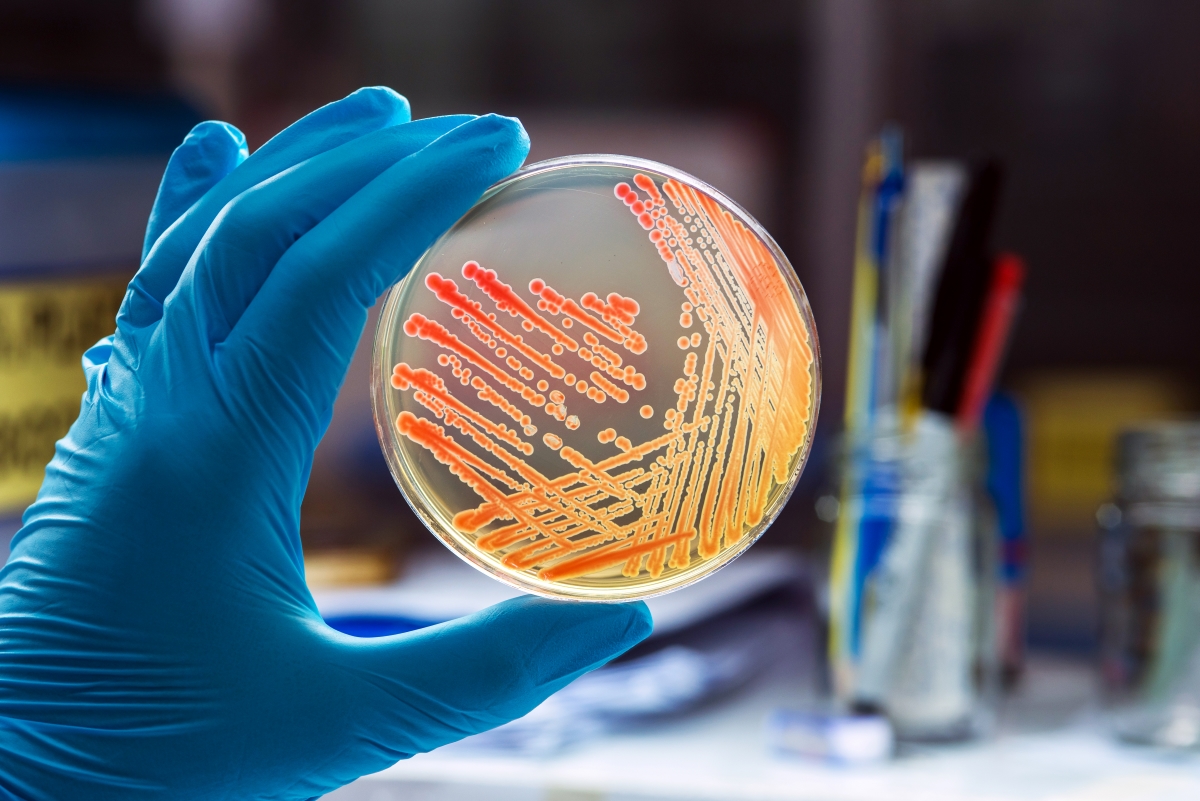
Total Plate Count (TPC)
The total number of live bacteria in a sample is counted.
Coliform
Detects coliform bacteria, which can suggest faecal contamination.
Salmonella Testing
Salmonella bacteria, a prevalent cause of foodborne disease, are detected.
Listeria Testing
Detects Listeria sp., a pathogenic bacterium that can cause severe infections.
E.Coli
Identifies the presence of Escherichia coli, including pathogenic strains like E. coli O157:H7.
Yeast and Mold Count
Determines the presence of yeast and mould in food, which can cause spoilage and the production of mycotoxins.
Aerobic and Anaerobic Bacteria Testing:
Separates microorganisms that require oxygen (aerobic) from those that do not (anaerobic).
Exploring Cutting-Edge Food Safety Testing Methods
In an era when food safety is paramount, the food industry is constantly looking for innovative ways to ensure product safety. Let’s shed light on cutting-edge procedures and technologies that are revolutionizing food safety:
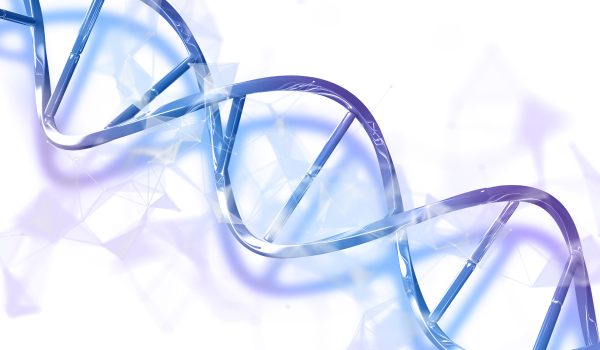
DNA-Based or PCR-based food safety Testing:
DNA-based testing, which involves the detection of specific DNA sequences linked with dangerous diseases, is one of the most advanced procedures. This method produces quick and precise findings, enabling for the detection of pathogens such as E. coli, Listeria monocytogenes, and Salmonella sp.
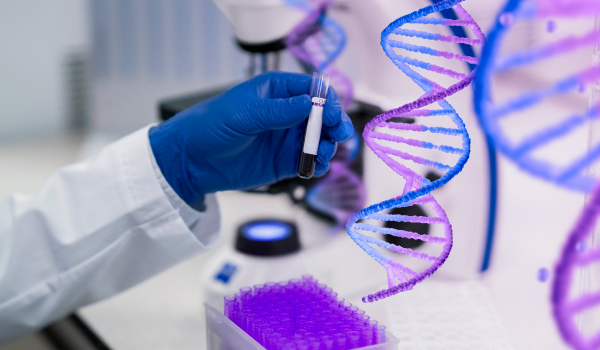
Metagenomics
Metagenomics is a ground-breaking technique that involves sequencing the genetic material of a whole microbial community in a food sample. This method not only detects recognized infections but also reveals previously unknown hazards.

Mass Spectrometry for food safety
Mass spectrometry is an effective analytical technique for identifying and quantifying diverse chemicals in food, such as pollutants and allergies. It gives exact data on the composition of food products, ensuring that safety criteria are met.

Blockchain and IoT
The combination of blockchain and the Internet of Things (IoT) is revolutionizing food safety by providing real-time supply chain monitoring. These technologies improve traceability, making it easier to pinpoint the source of contamination and swiftly minimize concerns.

Artificial Intelligence (AI) for food safety
Artificial intelligence-powered algorithms are being used to analyse massive datasets and find irregularities in food supply and distribution. Machine learning models are capable of predicting potential safety issues and recommending preventive measures.
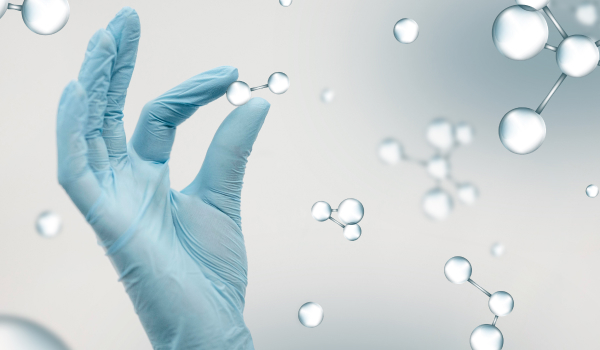
Nanotechnology
Nano sensors are becoming increasingly important in food safety. They are embedded into packing materials to provide real-time information regarding food quality and can identify minute levels of contaminants such as pesticides or diseases.
Thus, modern development and acceptance of these innovative technologies promise a more secure and reliable food future for all of us.
“From Lab to Plate: How Various Testing Methods Ensure Your Food is Safe
When we sit down to eat, we frequently take for granted the complicated journey our food takes to guarantee it is safe for ingestion. The possible investigates the stringent testing processes that ensure the safety of the food we eat. Food packaging is an essential concern since it is a soft target for contamination and deteriorating food before it reaches the dinner table. Food packaging is inspected to ensure that it does not contaminate the food it contains. Scientists examine packing materials for potentially dangerous substance transfer into the food. Another crucial consideration is shelf-life testing, which is performed by food experts to evaluate how long a product can maintain its quality and safety under varied storage conditions.
Aside from traditional food testing methods, several additional instant quick testing procedures, such as rapid testing technologies conducted through enzyme-linked immunosorbent assays (ELISA) and polymerase chain reaction (PCR) testing and dry lab testing such as blockchain and traceability, adherent to satellite technology, help to confirm your food safety on the spot. Thus, a plethora of testing procedures and protections are in place from the farm to the processing facility and from the laboratory to your plate to ensure that the food you consume is not only delicious but also safe for you and your family. These intensive efforts ensure that foodborne diseases are kept to a minimum and that customers can have confidence in the safety and quality of the food they consume.
“Cultivator Phyto Lab, one of the best food safety labs in Jodhpur, India
Cultivator Phyto Lab, Jodhpur, provides excellent and vibrant testing facilities with scientific experts and ensures product quality control from raw to finished agriculture and food products as per regulatory bodies. Our credentials and accreditation will fulfil your compliance requirements at the national and international levels, so you can enjoy boundary-free business.
Authors : Dr. Sanjoy Gupta and Sajid Hussain
References:
- https://fssai.gov.in/cms/manuals-of-methods-of-analysis-for-various-food-roducts.php
- https://www.fsis.usda.gov/sites/default/files/media_file/2020-08/1-EIOA-Micro-Sampling-Testing.pdf
- https://www.fda.gov/food/science-research-food/laboratory-methods-food
- https://www.apfoodonline.com/industry/chemical-microbiological-testing-methods-maintaining-food-safety/
- https://link.springer.com/article/10.1007/s10311-017-0616-4

